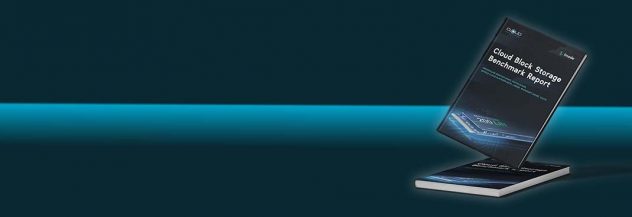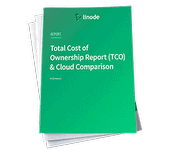How to Access Objects with Linode Object Storage
Traducciones al EspañolEstamos traduciendo nuestros guías y tutoriales al Español. Es posible que usted esté viendo una traducción generada automáticamente. Estamos trabajando con traductores profesionales para verificar las traducciones de nuestro sitio web. Este proyecto es un trabajo en curso.
NoteLinode’s Object Storage is available in our Atlanta (USA), Frankfurt (Germany), Newark (USA), and Singapore data centers. For more availability details and billing information, see the Object Storage Overview product documentation.
Object Storage gives each object a unique URL with which you can access your data. An object can be publicly accessible, or you can set it to be private and only visible to you. This makes Object Storage great for sharing and storing unstructured data like images, documents, archives, streaming media assets, and file backups, and the amount of data you store can range from small collections of files up to massive libraries of information.
In this guide you will learn how to access the objects you have stored in Linode’s Object Storage using:
Before You Begin
To learn how to enable Object Storage, see the How to Use Object Storage guide.
Object Storage is similar to a subscription service. Once enabled, you will be billed at the flat rate regardless of whether or not there are active buckets on your account. Cancel Object Storage to stop further billing.
In all Object Storage URLs the cluster where your bucket is hosted is a part of the URL string.
NoteA cluster is defined as all buckets hosted by a unique URL; for example:us-east-1.linodeobjects.com,ap-south-1.linodeobjects.com, oreu-central-1.linodeobjects.com.
Object URLs
Objects stored in Linode object storage are generally accessible using this format:
http://my-example-bucket.us-east-1.linodeobjects.com/example.txt
Replace the following fields with your information:
my-example-bucketwith your bucket nameus-east-1with the cluster where your bucket is hostedexample.txtwith the object you wish to access
This assumes that the object is publicly accessible. For more on object permissions, see the How to Use Object Storage guide.
Signed URLs
Creating a signed URL will allow you to create a link to objects with limited permissions for a short amount of time. Signed URLs have a similar format:
http://my-example-bucket.us-east-1.linodeobjects.com/example.txt?AWSAccessKeyId=YOUROBJECTSTORAGEACCESSKEY&Expires=1579725476&Signature=rAnDomKeySigNAtuRe
This is returned when you use a tool like the Linode CLI or s3cmd to generate a signed URL.
Replace the following fields with your information:
my-example-bucketwith your bucket nameus-east-1with the cluster where your bucket is hostedexample.txtwith the object you are giving access to
The rest of the URL are the parts that make this URL public for a limited amount of time.
Websites
Static sites are served from URLs that are different than the standard URLs you would normally use to access objects. Static sites prepend website- to the cluster name to create a subdomain such as website-us-east-1. Using my-example-bucket as an example, a full URL would look like this:
http://my-example-bucket.website-us-east-1.linodeobjects.com
Replace the following fields with your information:
my-example-bucketis your bucket namewebsite-is added to the cluster location where your bucket is hosted
NoteFor more information on hosting a static website with Object Storage, read our Host a Static Site using Linode Object Storage guide.
This page was originally published on





